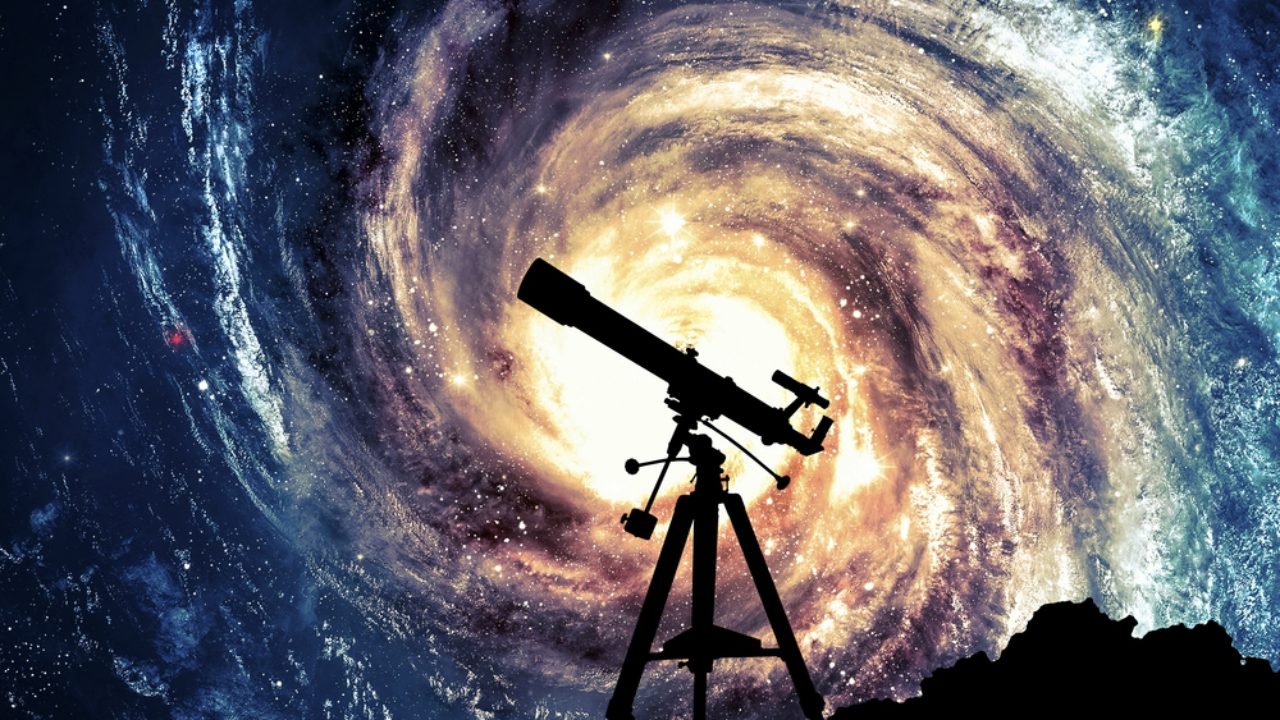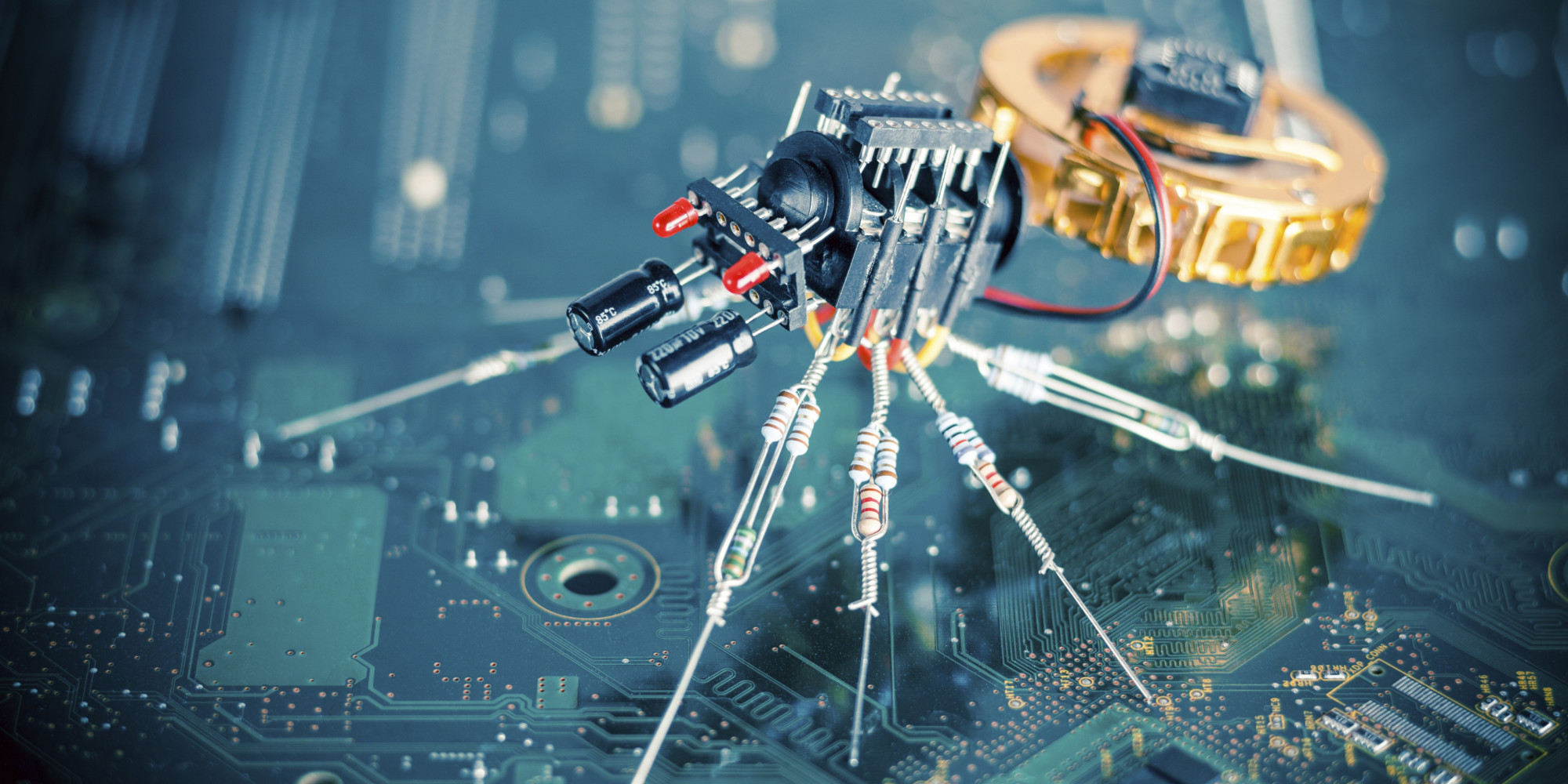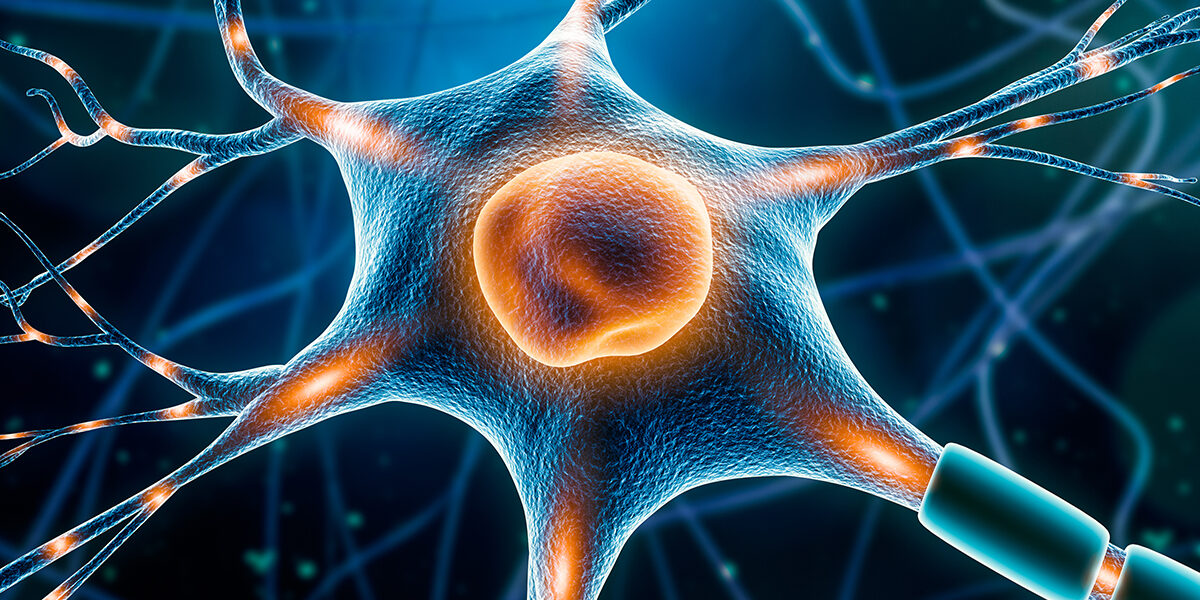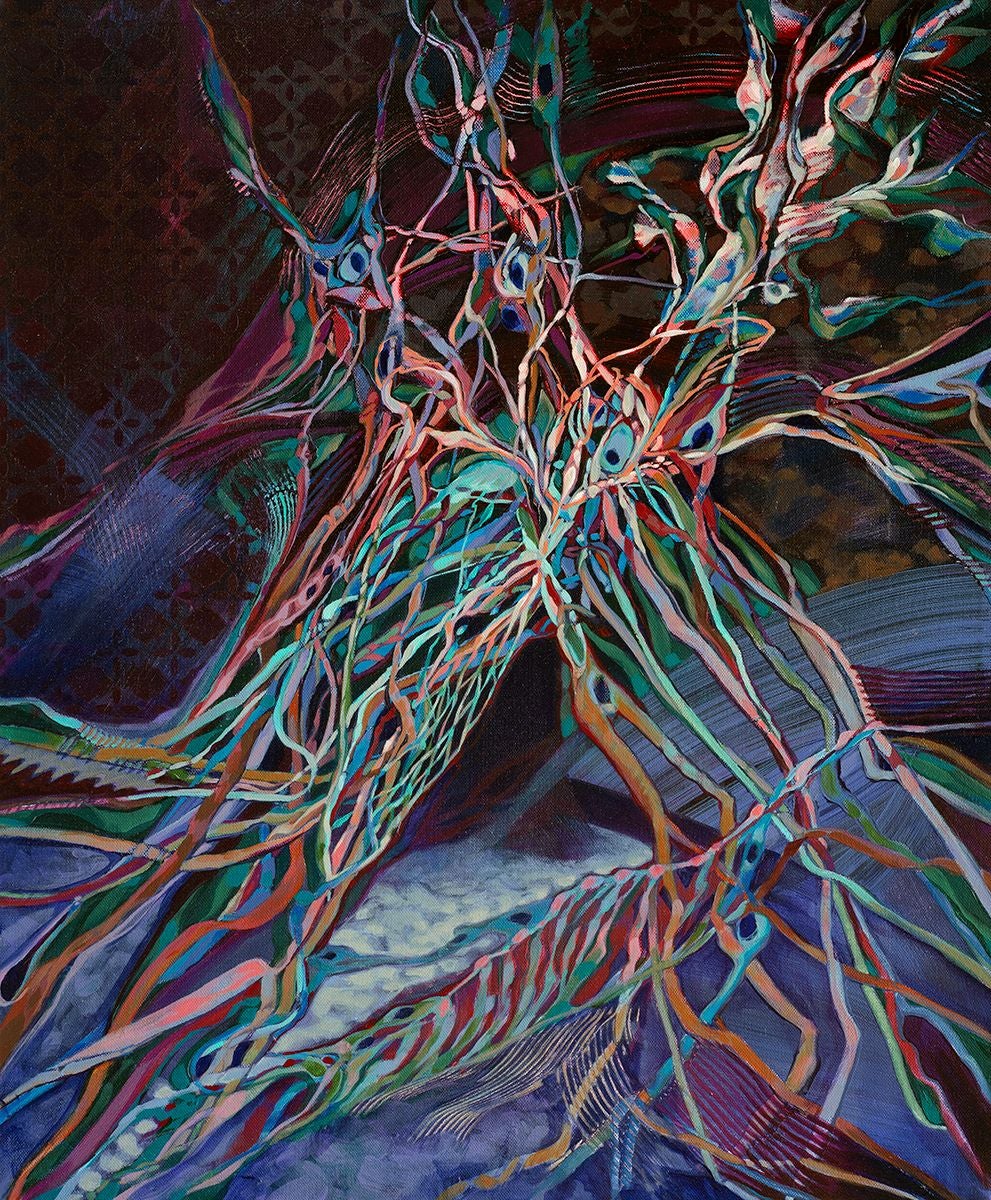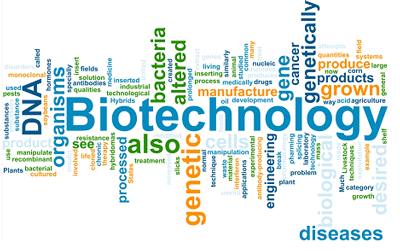One thing that really caught my attention from this week's material was Frazzetto and Anker's "Neuroculture." I found it very interesting and insightful to learn and read about neuroculture and how it plays a major role in emotions, decision-making, and general psychology. The idea of neuroculture is what intertwines and connects the concepts of neuroscience and art and helps develop a sense of social and ethical awareness of the implications of neuroscience.
(https://www.ppd.com/wp-content/uploads/2021/10/neuroscience-shutterstock_1700148913-1200x600.jpg)
Another thing that I found to be really interesting was how neuroculture is not only a conceptual idea but can be implemented into products and problem-solving metrology. This gives neuroculture a broader and larger impact and potential as it is able to influence the world in a wider variety of ways. The wide array of possibilities really highlights the broad application of art and how art is capable of influencing a wide scope of scientific ideas.
(https://static.scientificamerican.com/sciam/assets/Image/2020/AoN/EP3.jpeg)
Previously, I have taken a neuroscience seminar that focused on the depictions of neuroscience in science fiction movies and art. One of the things we learned about what how both science fiction was based on real technology and how real technology has taken inspiration from works of science fiction. I feel like this expands on what we have been learning this week as we have been going over the relationship and connectedness between neuroscience and art. I would be interested to learn more about this in the future as neuroscience plays a large role in human behavior and psychology so seeing the influences that art has on neuroscience could help shed a lot of light on how the human mind works in general.
(http://www.laurabundesen.com/uploads/3/7/3/7/37370125/s481020927774789797_p166_i30_w640.jpeg)
Work Cited
Frazzetto, Giovanni, and Suzanne Anker. “Neuroculture.” Nature Reviews Neuroscience, vol. 10, no. 11, 2009, pp. 815–821., https://doi.org/10.1038/nrn2736.
Jung, Carl. “The Spiritual Problem of Modern Man.” Collected Works of C.G. Jung, Volume 10: Civilization in Transition, 2014, pp. 74–94., https://doi.org/10.1515/9781400850976.74.
Albu, Christina. “Planetary Re-Enchantment: Human-Animal Entanglements in Victoria Vesna’s Octopus Brainstorming.” Cristina Albu - CMA Journal - Simon Fraser University, Simon Fraser University, https://www.sfu.ca/cmajournal/issues/issue-ten--enchantment--disenchantment--reenchantment/cristina-albu.html?fbclid=IwAR1twyrqbeKqNrJSUXSihLVGvX_D9ARndxDv3USnw2pTENE_iXHJtIo8v54.
Varela, Francisco J., et al. The Embodied Mind: Cognitive Science and Human Experience. MIT Press, 2017.
Bateson, Gregory. Mind and Nature: A Necessary Unity. Bantam, 1988.






